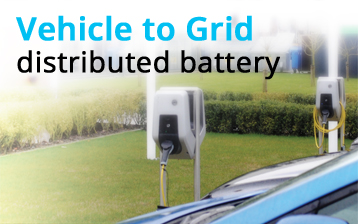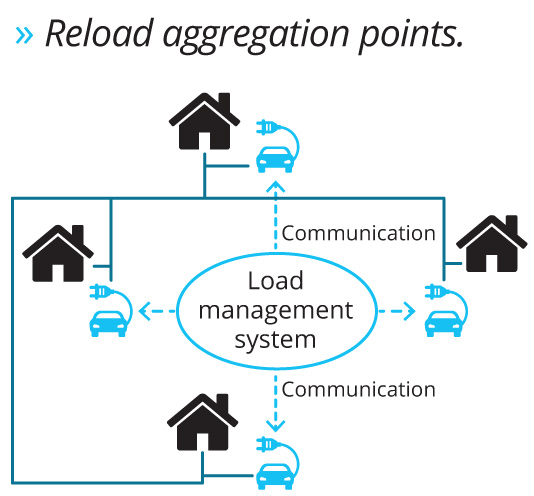Electric vehicles (EV) can interact in an extended way with the network both as users and as energy sources.
When the battery is charged, the vehicle can in fact act as an energy source. In this case, we refer to V2G (Vehicle to Grid), or more generally V2X, meaning from the vehicle to something else (for example with another vehicle or V2B (Building) with a building).
There are already several tests that are taking place in different parts of the world, but currently only a few cars can allow this operation to reverse the direction of energy flow and there is still no regulatory framework for this in Italy.
Battery in the network
Potentially, the presence of many electric cars connected to the grid can be the key to allow an optimal integration of renewable energy sources (which are notoriously variable and not programmable) to the electricity grid.
The car battery can in fact store enough energy to supply it in periods of high demand, offering the network a frequency adjustment service and peak shaving.
These additional services would be remunerated by the network operator, with an economic benefit for car owners (or storage in general).
There is also the inverse aspect: multiple electric cars could charge simultaneously and this may cause problems to the electric network.
For this reason, it is essential to implement a Load Management Systems (LMS) which would decide, having acquired the users’ needs, when and how much to recharge the batteries or draw energy from them.
Demand Rensponse
With Demand Rensponse we mean the functionality that unites the needs of the network manager with energy users.
For example, a delay of the load (Load Shifting) can avoid having to turn on a traditional fuel production plant or the charging of the car at some point can stabilize the network.
Second life for batteries
The used batteries of electric cars can have a second life as stationary batteries to support the national electricity grid. In China projects have already started for 14MW.







